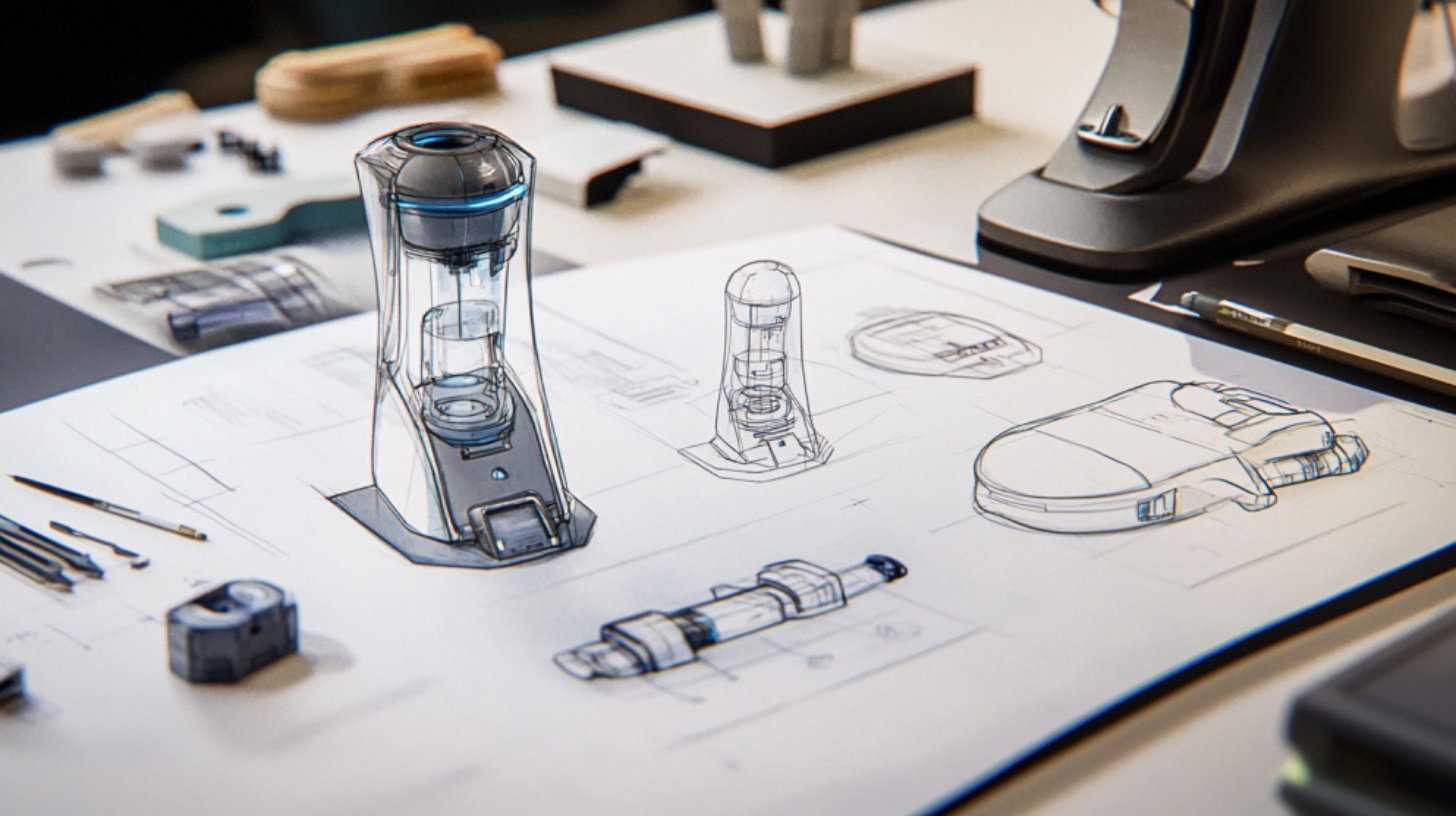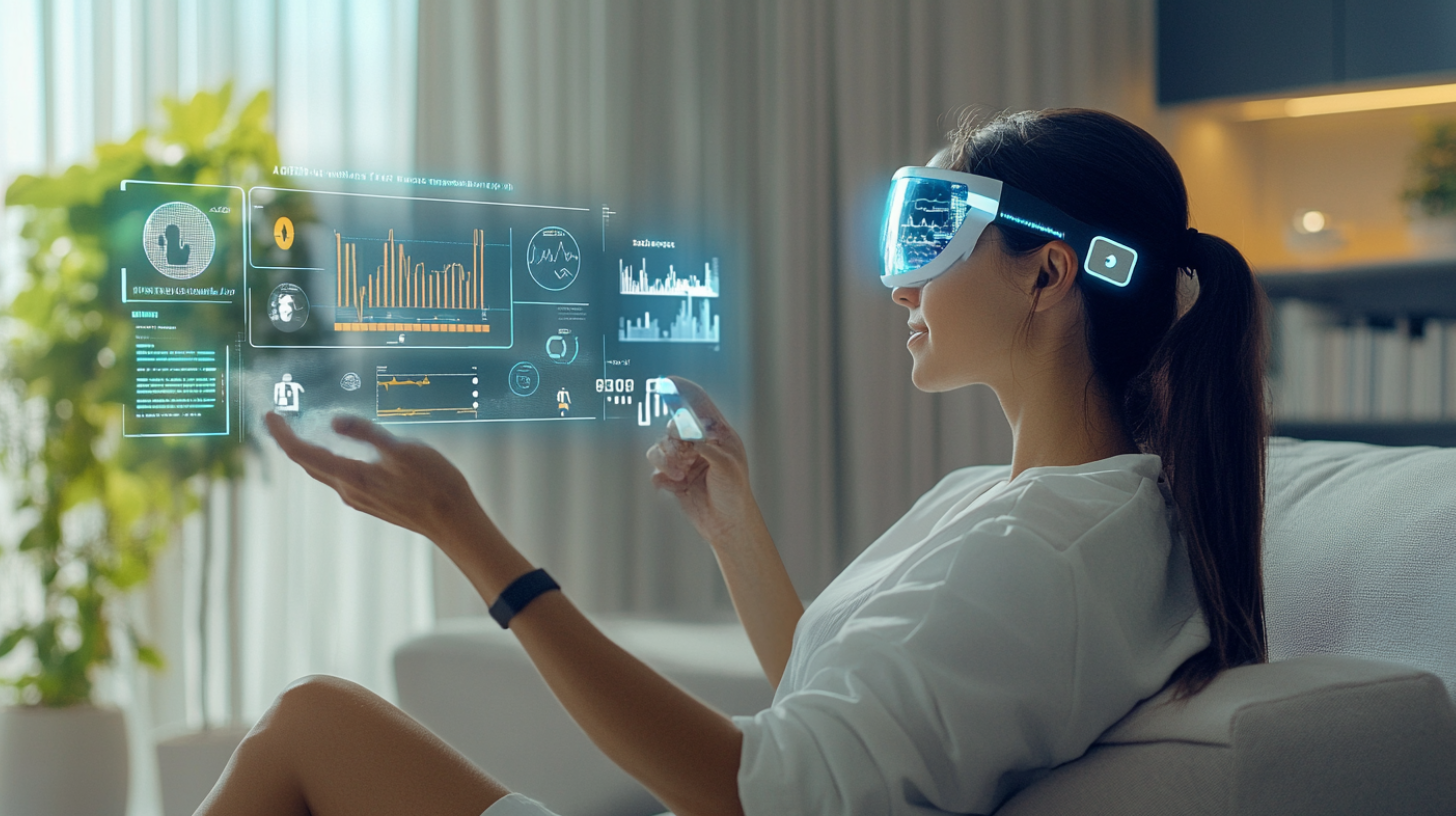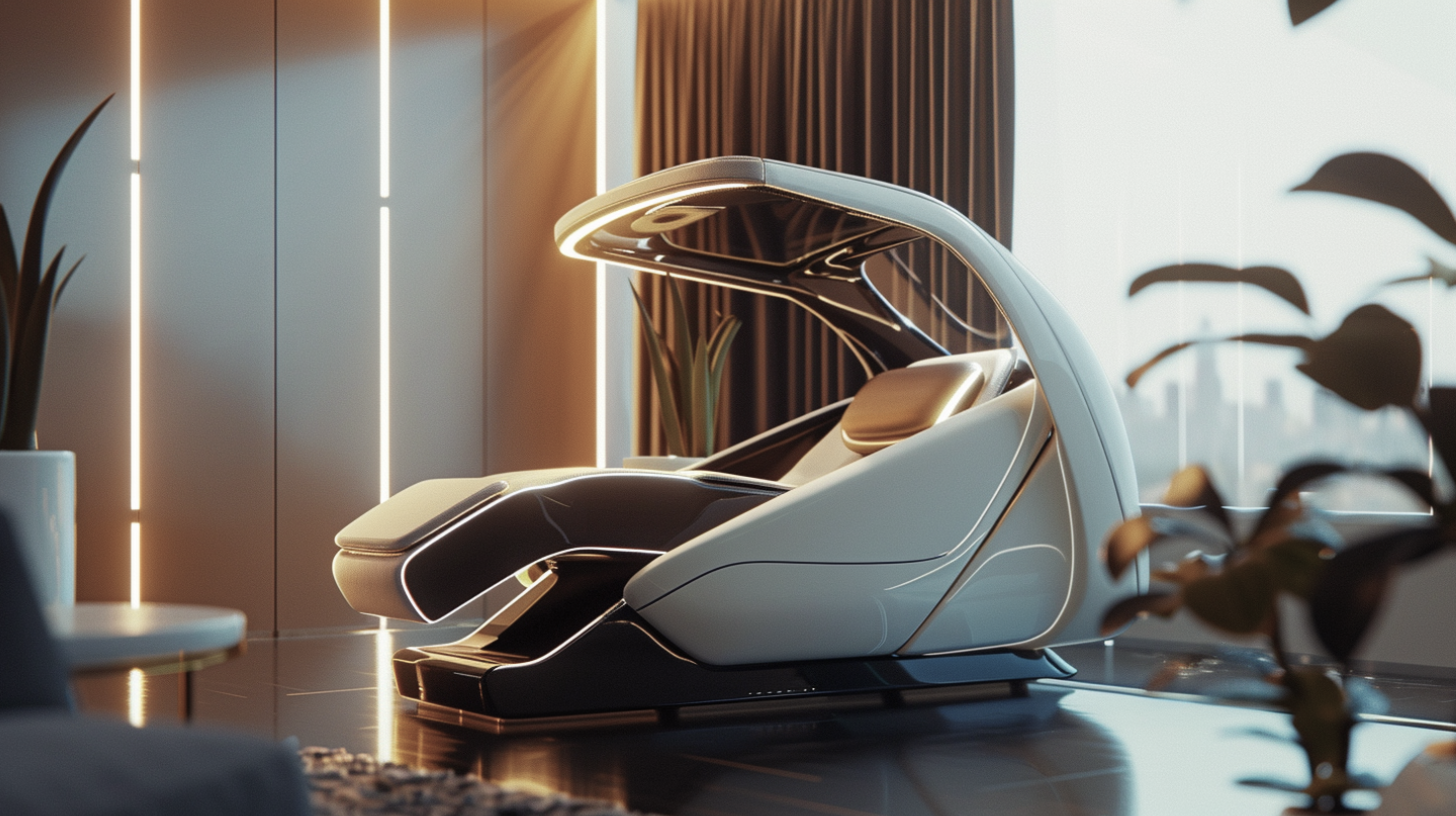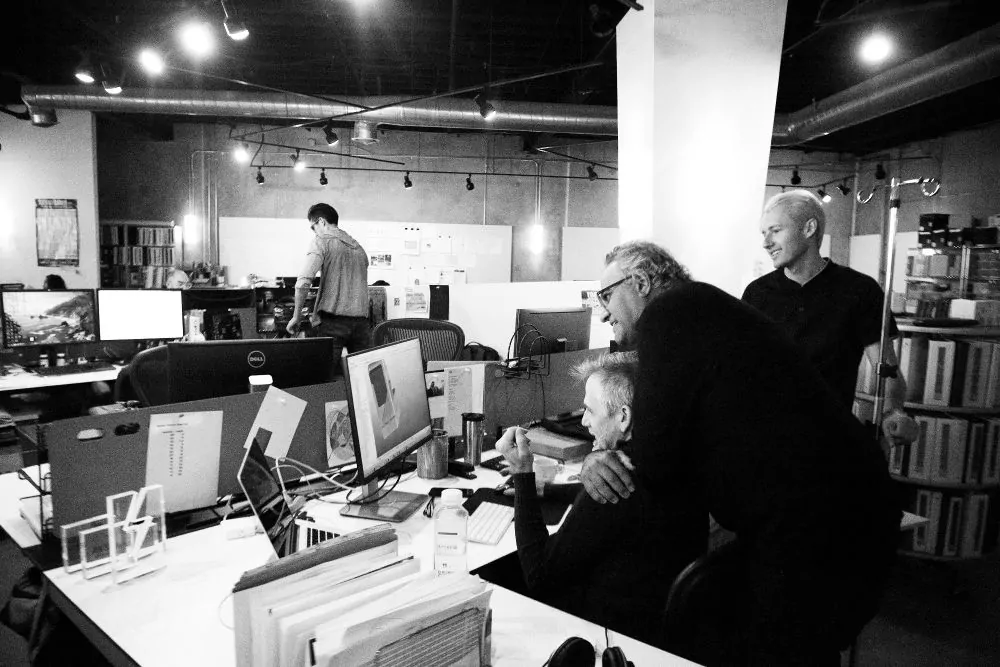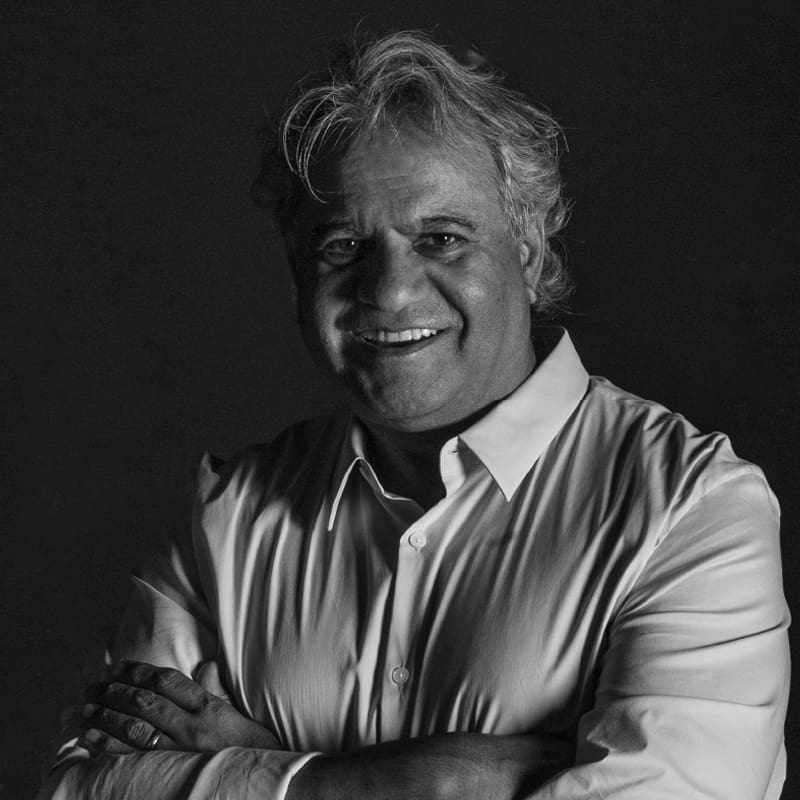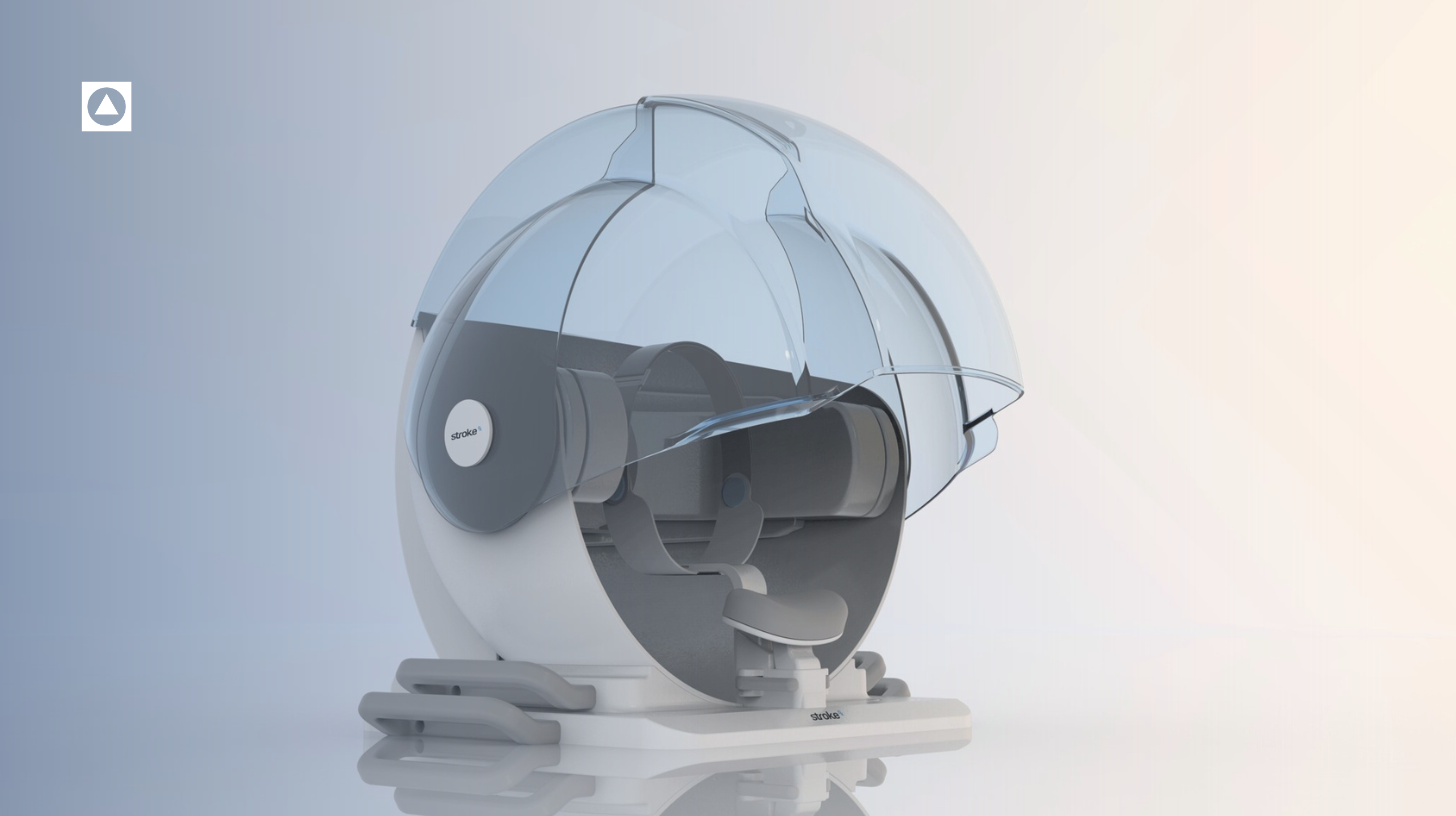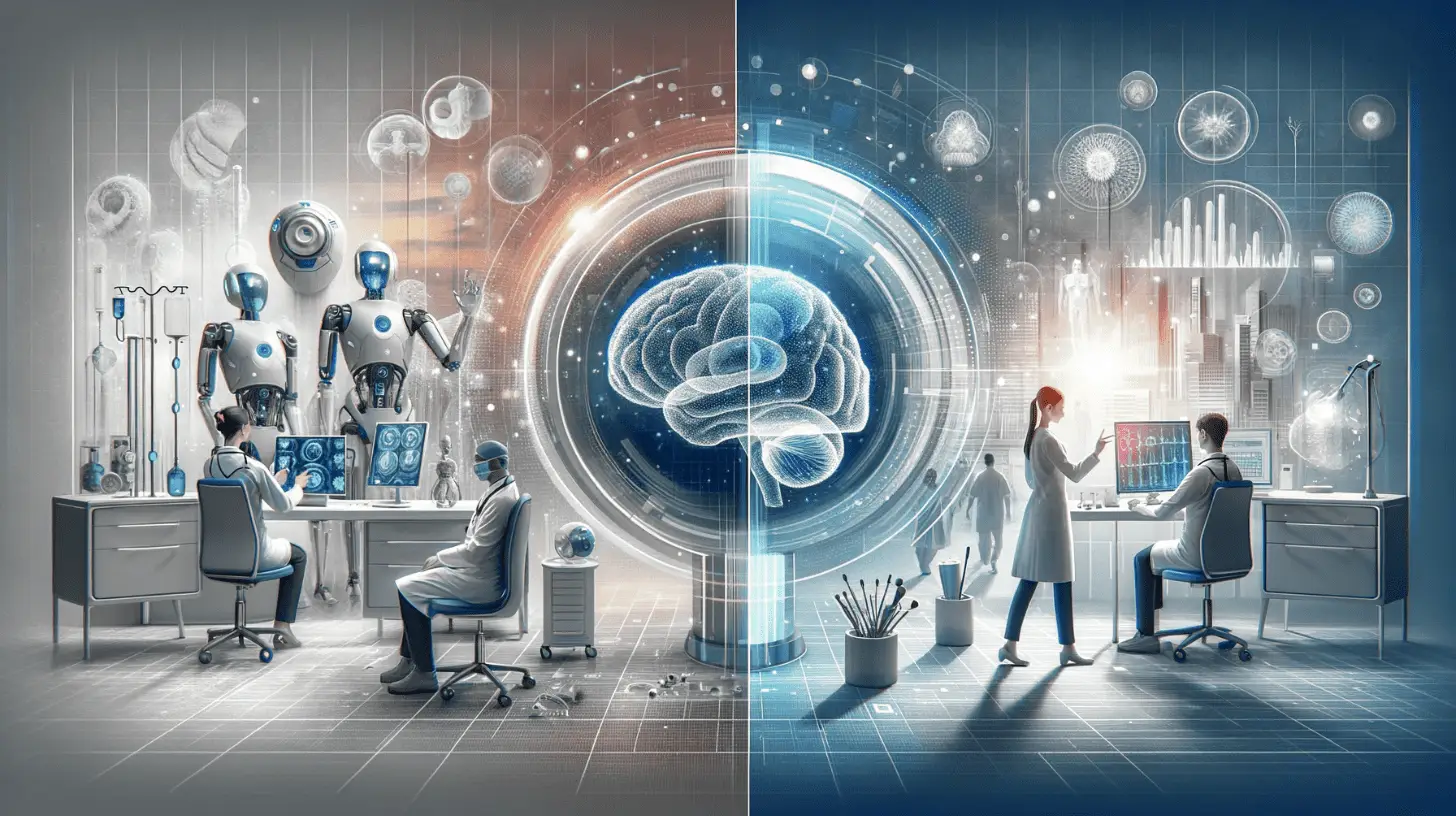I’m often asked about diversity in design. As a minority myself, it’s a topic embedded into my life, and our firm’s DNA, which is deeply rooted in my own experience. In 1982, I wrote the underpinning of Psycho-Aesthetics, “It’s not how the design makes you feel; it’s how the design makes you feel about yourself”. I wrote it because I realized that design was deeply personal and unique to each individual. I pinned it on the wall, and it’s been there ever since.
Design now, just as it was then, is a tool to manifest self-actualization, empowerment, and self-awareness. To do this effectively you can’t look at a person and stereotype them. We all stereotype, it’s the way the human mind works, and in most cases, there’s nothing wrong with it. But as designers, we need to be more disciplined. We use tools to research and pull insights out of people just by listening to and understanding their day-to-day activities. We often learn more about people’s reactions to things as opposed to what they say. So when I say diversity is embedded into our firm, I mean that it’s the way we look at the world. To us, the world is a bright, vibrant technicolor reality with unique stories behind every person, that goes way beyond their skin color, clothes, and the way they talk. This view is our blood, it’s in our methodology, it’s something we live and breathe every day, and as I said, it’s also deeply rooted in my own experience.
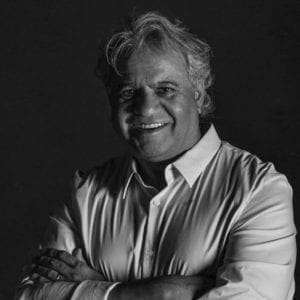 I’ve lived my life cross-culturally, between Eastern philosophies and Western philosophies, and yet I’ve had to formulate my own way. While I’m of Indian descent, I was born in Canada. While I was born in Canada, I grew up in America. So I’m Indian, but not of Indian descent. Canadian, but not of Canadian descent, American, but not born in America. So someone who just looked at me would never know who I am, and I’ve found that in many ways this is everyone.
I’ve lived my life cross-culturally, between Eastern philosophies and Western philosophies, and yet I’ve had to formulate my own way. While I’m of Indian descent, I was born in Canada. While I was born in Canada, I grew up in America. So I’m Indian, but not of Indian descent. Canadian, but not of Canadian descent, American, but not born in America. So someone who just looked at me would never know who I am, and I’ve found that in many ways this is everyone.
What I’ve learned how to do in my life is to look at every person not as an archetype or a stereotype, but as a story. I look at every person and want to know, what’s their story? Who are they? This wasn’t the case for me. When I started RKS, I worked with a large shoemaker on an advertisement. I had to put on my business card “Robbie”, even though my name is Ravi. In the 1980s people hadn’t been exposed to Indian names that much. It was the same growing up. Not until high school, did I see a minimal amount of diversity, and even then, there were only two other Indian students. There was only a handful of African-Americans, Asian-Americans, Latinos, and of course, no Canadian-American-Indian students, and that was out of 3,500 students!
As a minority, you need to find a way to take the differences that you have and turn them into assets. As it turns out, these assets are often incredibly valuable because they create a different lens, a different level of empathy, and insight into the human mind and heart than other people might have.
Year, later designing for diversity is what we still do, every day. We design for people in the middle-east to accommodate midday prayers; we are not middle eastern. We design for Indians to conserve water in small villages; we are not Indian. We design for people who are like us and not like us the same because we seek to understand their story and their feelings, to help them achieve their dreams and aspirations. Our tool is Psycho-Aesthetics. Diversity for us, for me, has always been about designing a better world for everyone in it, and to do that you have to truly know people.
About RKS Design
RKS is a comprehensive development firm with expertise in design, development, and engineering. Whether developing physical or digital products, we assist at all stages of a product’s life cycle. We use our advanced psycho-aesthetic process to solve complex usability issues that address design, engineering, brand, and regulatory issues. Our cross-disciplinary specialists, researchers, designers, and engineers leverage their deep experience within multiple industries and technologies to spark creative and innovative solutions.
Learn more about our work: https://rksdesign.com/work/
Learn more about our team: https://rksdesign.com/about/
